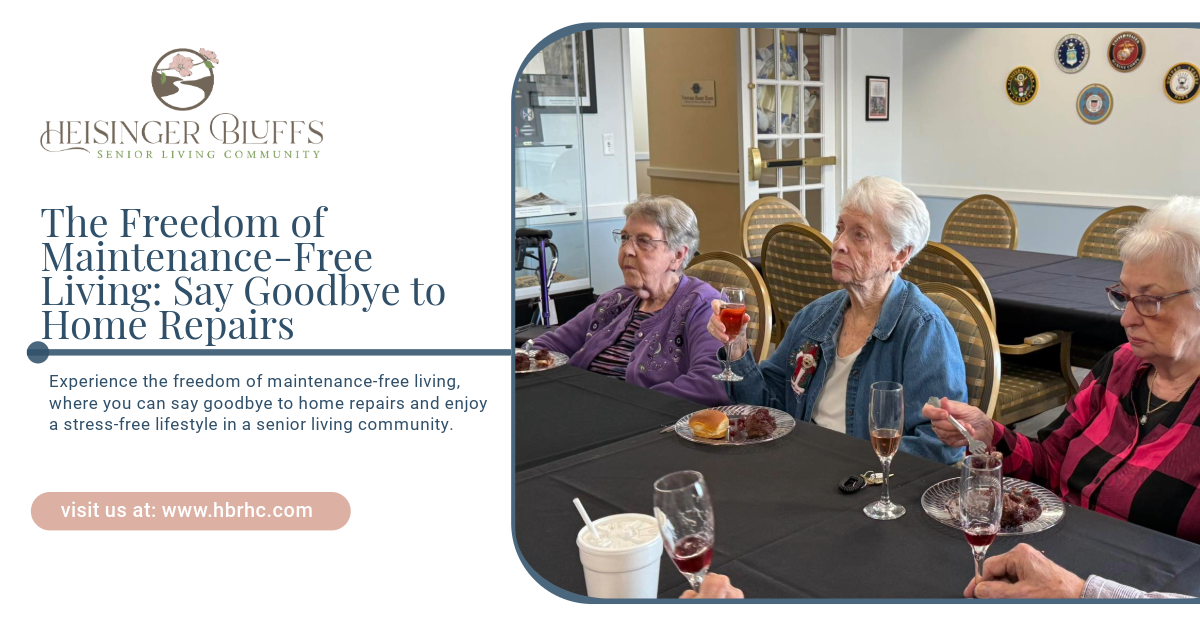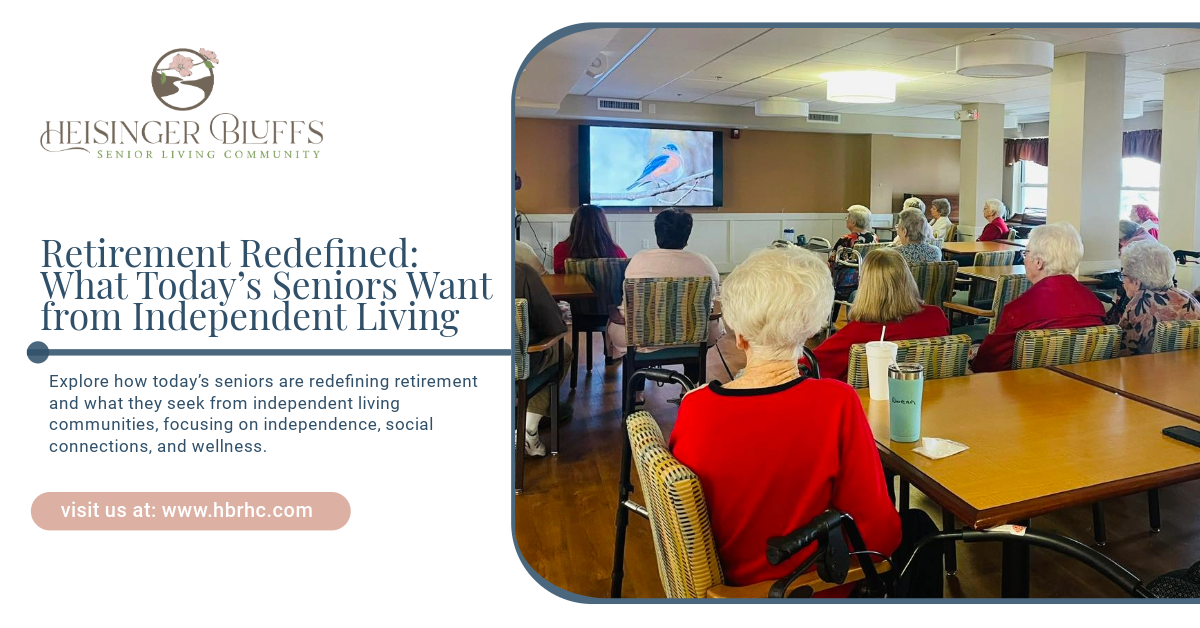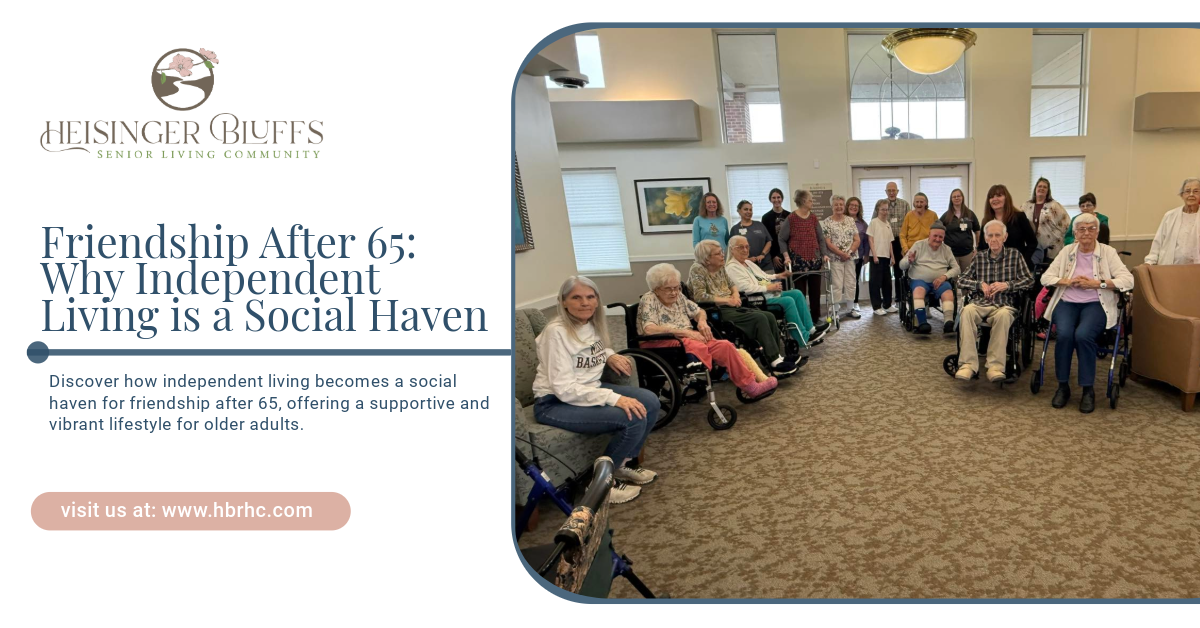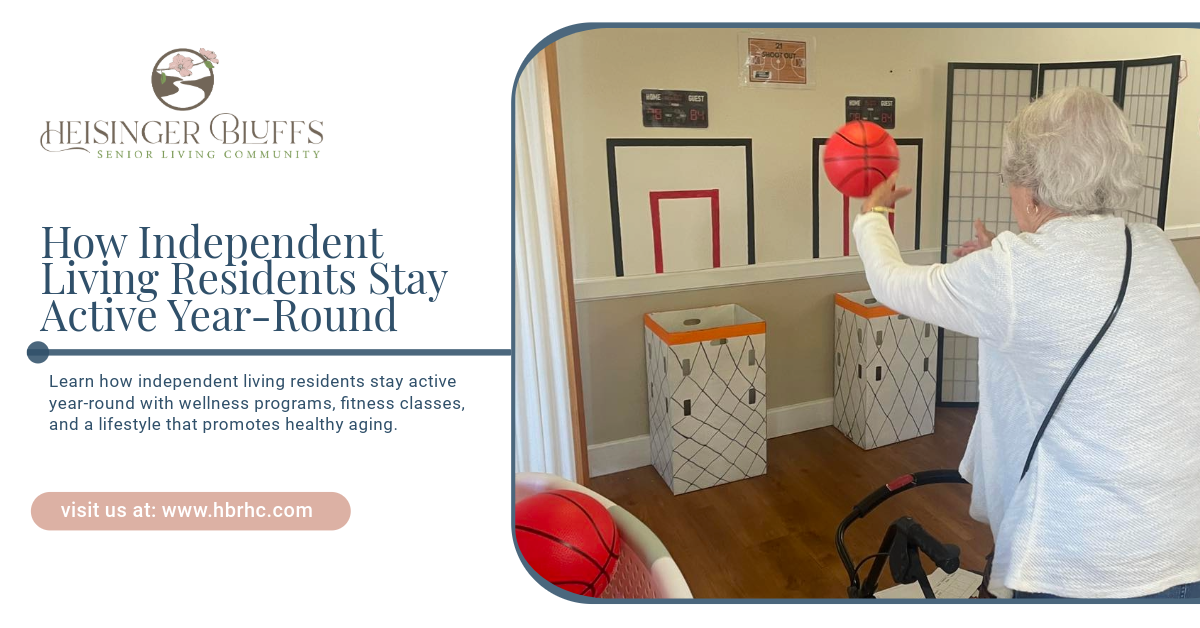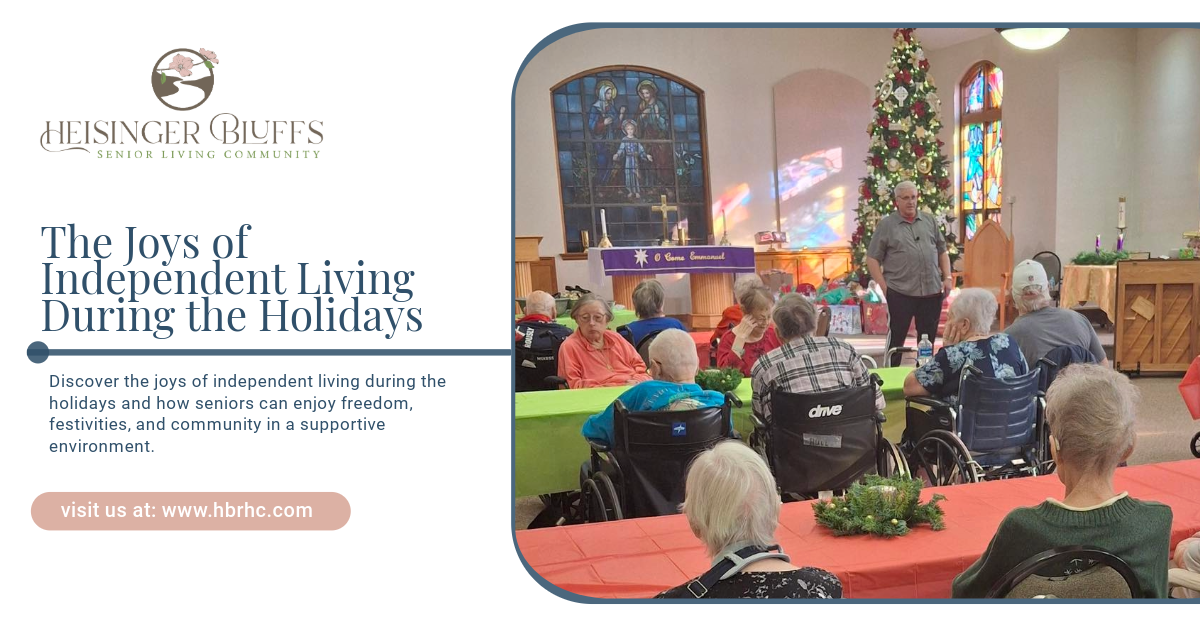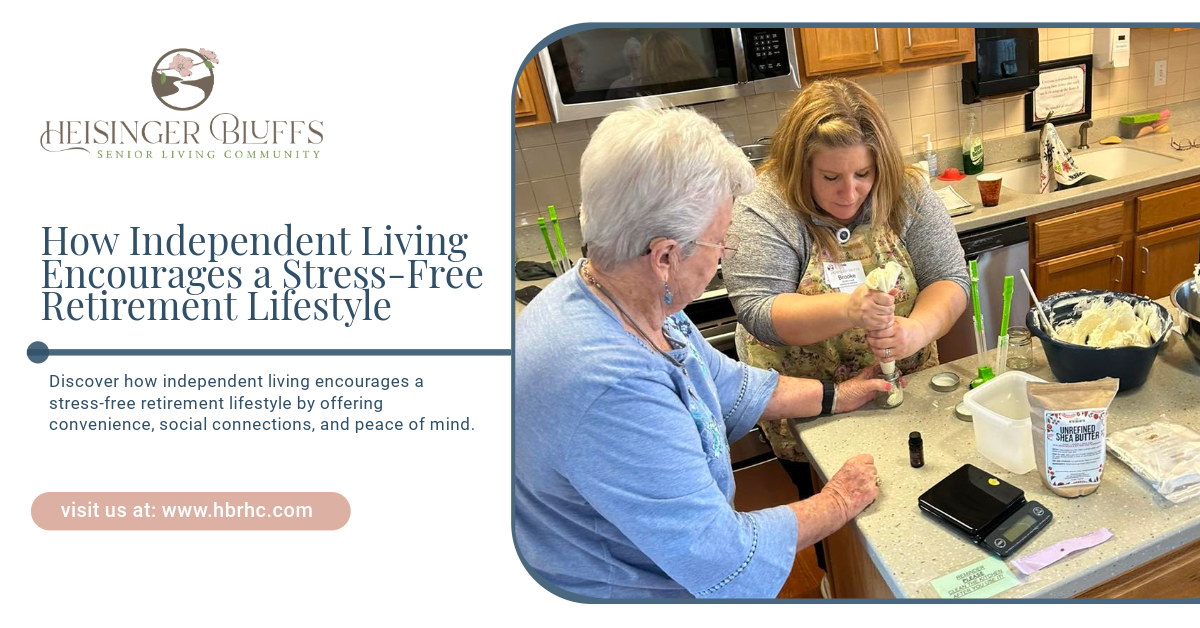Get in touch
Tips For Making Assisted Living Feel Like Home
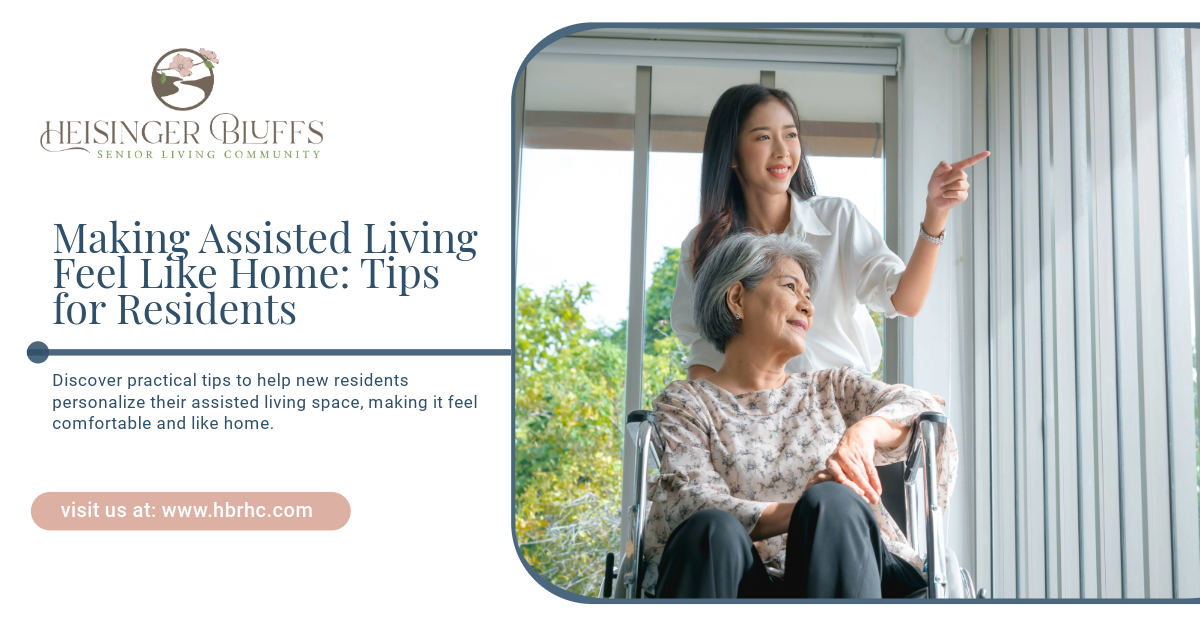
Tips for Making Assisted Living Feel Like Home
Moving into an assisted living community marks an exciting new chapter but can also come with emotional adjustments. It’s natural to miss familiar surroundings, but the transition can be made smoother by personalizing your new space. Creating a warm and inviting atmosphere helps transform an assisted living apartment into a true home. This guide offers practical tips for residents and their families to make the new living space feel comfortable, familiar, and uniquely theirs.
Bring Meaningful Keepsakes and Mementos
Personal touches can make any space feel like home. Familiar items—such as family photos, cherished heirlooms, or meaningful keepsakes—add comfort and bring a sense of familiarity to a new environment.
- Display Family Photos: Arranging family photos around the space can help residents feel surrounded by loved ones. Consider creating a gallery wall or a tabletop arrangement.
- Bring Personal Collections: Whether it’s books, postcards, or figurines, familiar collections remind residents of happy memories and can serve as a conversation starter with new friends and staff.
- Cherished Keepsakes: Items like framed artwork, quilts, or a favorite piece of furniture add a warm, personal touch that can instantly make a room feel more like home.
Incorporate Personal Furnishings and Decor
One of the simplest ways to make a new space feel like home is by bringing familiar furniture and decor items. While assisted living spaces are typically well-furnished, adding a few personal pieces can make a big difference.
- Favorite Armchairs or Recliners: If space allows, bring a favorite chair or recliner for comfort. Having a familiar place to sit can bring a sense of continuity to a new space.
- Familiar Bed Linens: Using a favorite comforter, blanket, or pillows creates a cozy bed that feels familiar and comforting.
- Decorative Touches: Rugs, curtains, and throws in familiar colors or patterns make the space feel more personalized and cozy.
Customize the Layout
Each assisted living apartment has a unique layout, so take the time to arrange furniture and decor in a way that feels natural and functional.
- Maximize Space: Use furniture that serves multiple purposes, like ottomans with storage or shelving units, to keep the area uncluttered and organized.
- Create a Reading or Hobbies Corner: Setting up a small area for hobbies or reading can provide a retreat within the room. A cozy chair, good lighting, and a small table for books or crafts can create a comforting space.
- Arrange for Accessibility: Make sure frequently used items are within easy reach and pathways are clear to prevent trips and falls.
Personalize with Artwork and Wall Decor
Art and wall decor play a powerful role in making a space feel like home. When choosing what to display, prioritize items that hold personal significance.
- Family Art or Photos: Hanging photos of loved ones or artwork created by family members can give the space a warm, personal feel.
- Favorite Paintings or Posters: Choose a few cherished pieces to hang up and rotate them as desired to keep the space feeling fresh and engaging.
- Seasonal Decorations: Swap decorations based on the seasons or holidays for a change of scenery and a reminder of home traditions.
Bring Houseplants for a Fresh Touch
Houseplants are an excellent way to make a space feel vibrant and alive. Many seniors find comfort in tending to plants, and certain plants also have air-purifying benefits.
- Low-Maintenance Options: Choose easy-to-care-for plants, like succulents, snake plants, or pothos, which require minimal watering and thrive indoors.
- Tabletop or Window Plants: Small plants can be placed on tables, window sills, or shelves to add greenery without taking up much space.
- Use Faux Plants if Necessary: For those who prefer no upkeep, faux plants offer the same visual effect and bring a refreshing look to the space.
Add Personal Electronics and Devices
Comfort in a new environment can come from enjoying familiar activities, so consider adding personal electronic devices that support entertainment or communication.
- TV or Tablet for Entertainment: A personal TV or tablet loaded with favorite shows, movies, or books can provide entertainment on quiet evenings.
- Smartphone for Staying Connected: If tech-savvy, using a smartphone to keep in touch with family members or join virtual activities can help residents feel connected.
- Assistive Devices as Needed: Devices like hearing aids, reading lights, or easy-to-use remotes can enhance the comfort and accessibility of the space.
Create a Routine That Feels Like Home
A daily routine provides structure and familiarity, which can make assisted living feel more like home. Establishing a schedule for meals, activities, and relaxation helps create a sense of normalcy.
- Set Regular Meal Times: Keeping consistent meal times adds a familiar rhythm to the day and encourages residents to join communal dining for social interaction.
- Incorporate Favorite Activities: Whether it’s a daily walk, a specific hobby, or a weekly family call, incorporating familiar activities into the routine provides comfort.
- Personalize the Schedule: Make time for personal hobbies or spiritual practices that bring a sense of peace and fulfillment.
Engage in Community Life
Getting involved in the community is one of the best ways to feel at home in a new environment. Many assisted living communities offer social, recreational, and cultural activities.
- Join Group Activities: Encourage participation in group activities, such as game nights, arts and crafts, or exercise classes, which promote socialization and reduce isolation.
- Attend Special Events: Look for events like movie nights, holiday celebrations, or outings that align with personal interests.
- Build New Friendships: Meeting neighbors and making friends helps residents build connections and feel a part of the community.
Stay Connected with Family and Friends
Staying in touch with family and friends helps residents feel supported and connected to life outside their new home. Many communities have accommodations for family visits or allow residents to invite loved ones to community events.
- Schedule Regular Visits: If possible, family members can set up regular visits to make residents feel supported and connected.
- Use Video Calls: For family members who live far away, video calls provide a way to stay visually connected and share updates.
- Involve Family in Activities: Inviting family to participate in community events or meals can enhance the sense of home and togetherness.
Personalize with Familiar Scents and Sounds
Scent and sound have powerful ties to memory and emotion, making them effective tools for creating a home-like environment.
- Use Familiar Scents: A favorite candle (if allowed), essential oil diffuser, or room spray with a familiar scent can make a space feel cozy and relaxing.
- Listen to Favorite Music: Music can be a comforting reminder of home and help set a positive mood throughout the day.
- Audio Books or Podcasts: Listening to familiar voices, like favorite authors or narrators, can make the environment feel more personal.
Conclusion
Transitioning to assisted living can be a significant change, but small, personal touches can make all the difference in creating a warm and welcoming space. By incorporating familiar belongings, creating routines, engaging in community life, and staying connected with loved ones, residents can make their assisted living apartment feel like home. At Heisinger Bluffs, we understand the importance of this transition and strive to provide a supportive environment where residents feel comfortable and at ease.
Frequently Asked Questions
How can I help my loved one adjust to assisted living?
Encourage them to bring personal items that make the space feel familiar, help them create a comfortable routine, and encourage participation in community activities to build connections.
Are there restrictions on personal items residents can bring?
Many communities allow personal items but may have restrictions on larger furniture or certain electronic devices. It’s best to consult with staff regarding specific guidelines.
How can family members stay involved after the move?
Regular visits, video calls, and attending community events with your loved one can help maintain a strong connection and provide support during their transition.



Want to know more?
We will get back to you as soon as possible.
Please try again later.
You May Also Like To Read
Heisinger Bluff’s Life Plan Community is here to make your senior years safe, stimulating and enjoyable so that you can savor the present, knowing the future will be taken care of.
QUICK LINKS
CONTACT
©2024. Heisinger Bluffs. All rights reserved.


